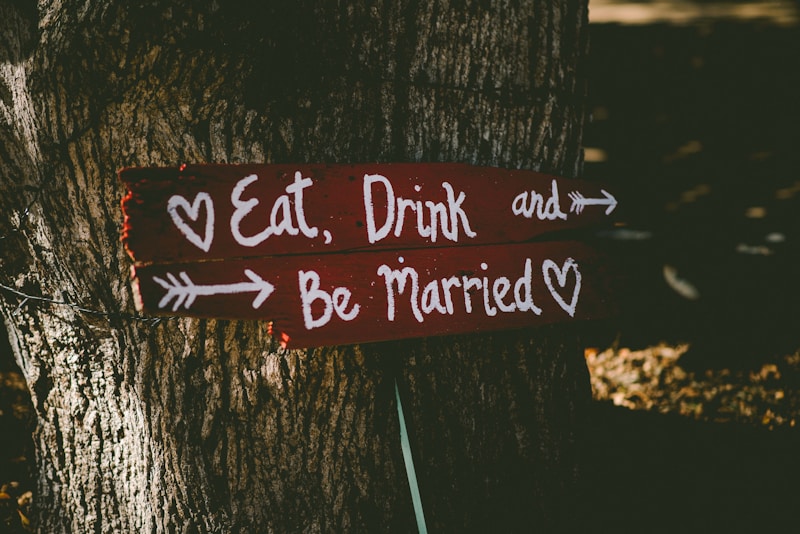Sizing for Custom Wedding Gowns: Your Ultimate Guide to Perfect Fit
Understanding the Importance of Sizing for Custom Wedding Gowns
Choosing the perfect wedding gown is one of the most significant decisions a bride makes while planning her big day. A custom wedding gown can reflect personal style and capture the essence of your wedding. However, the success of a custom gown largely depends on accurate sizing. In this article, we will delve into the intricacies of sizing for custom wedding gowns, ensuring that you can walk down the aisle confidently in a dress that fits perfectly.
Why Proper Sizing is Crucial
Custom wedding gowns offer an unmatched level of personalization, but with that comes the responsibility of accurate measurements. Here are some reasons why sizing is so critical:
- Comfort: A well-fitted gown allows for ease of movement, enabling brides to dance, sit, and celebrate comfortably.
- Confidence: A flattering fit enhances your natural beauty, boosting your confidence on what is arguably the most important day of your life.
- Photo-Ready: A gown that fits perfectly will present beautifully in photos, allowing you to cherish those memories for years to come.
Common Measurements Needed for a Custom Wedding Gown
When ordering a custom gown, you’ll need several critical measurements. Below is a comprehensive table detailing the common measurements required and tips on how to obtain the most accurate results.
| Measurement | Description | Tips |
| Bust | Measure around the fullest part of your bust. | Wear a well-fitting bra for accuracy. |
| Waist | Measure around your natural waistline, typically located just above the belly button. | Keep the tape snug but not tight. |
| Hip | Measure around the fullest part of your hips. | Stand straight and relax during the measurement. |
| Bodice Length | From the top of your shoulder to your waistline. | Note how this measurement may vary based on dress style. |
| Skirt Length | Measure from the waist to the desired length of the skirt. | Consider the height of your wedding shoes if you'll be wearing them during the fitting. |
| Shoulder Width | Measure from the edge of one shoulder to the other. | Make sure to stand straight for accuracy. |
How to Measure Yourself for a Custom Wedding Gown
Getting the right measurements is essential. Here’s a step-by-step guide to help you measure yourself effectively:
- Get a helper: If possible, enlist a friend or family member to help you with measurements. This ensures accuracy, especially for hard-to-reach places.
- Use the right tools: A flexible fabric measuring tape is ideal. Avoid using a metal tape as it can give inaccurate readings.
- Wear appropriate attire: Opt for light clothing or a fitted dress while measuring. Avoid bulky clothing that can interfere with the fit.
- Record measurements: Make sure to write down each measurement with its specific description to avoid confusion.
Common Mistakes to Avoid When Sizing for Custom Wedding Gowns
Making mistakes during the measurement process can lead to discrepancies in your gown's fit. Below are some common pitfalls to be aware of:
- Incorrectly placed measurements: Ensure the measuring tape is placed correctly in the same position each time.
- Not accounting for body changes: Consider any weight fluctuations leading up to the wedding and adjust measurements accordingly.
- Misunderstanding gown styles: Different gown styles require different measuring techniques; be familiar with how each style should fit.
Working with a Designer: What to Expect
When you decide to work with a designer for your custom wedding gown, it’s essential to have clear communication and expectations. Here’s what you can anticipate:
- Initial Consultation: Your designer will discuss styles, fabrics, and measurements during this first meeting.
- Multiple Fittings: Several fittings will be scheduled to make adjustments as needed; patience is crucial during this process.
- Finalization: Once you have tried the gown and made adjustments, this will be the time for final alterations to ensure a flawless fit.
Choosing the Right Fabric for Your Gown
The choice of fabric is also significant as it affects the overall fit and comfort of your wedding gown. Different fabrics have different properties:
- Silk: Luxurious and soft, it drapes beautifully but requires careful handling.
- Tulle: Lightweight and airy, often used for skirts and overlays; great for creating volume.
- Chiffon: Fluid and flowing, suitable for romantic gowns but may require additional layering for modesty.
Maintaining Your Dress After Sizing
Once you have your perfect gown, it’s essential to take care of it leading up to your wedding day. Here are some tips:
- Store it properly: Keep your gown in a breathable garment bag and hang it to avoid wrinkles.
- Avoid extreme temperatures: Keep your gown away from direct sunlight and heat sources to prevent damage.
- Consider a final fitting: Schedule a final check-up with your designer closer to your wedding date to ensure the best fit.
Conclusion: Finding Your Perfect Fit
Choosing the right size for a custom wedding gown significantly impacts the look and feel of your attire on that special day. Every measurement counts, and understanding how to properly size yourself will lead to a more personalized and beautiful gown. As you embark on your journey to find the perfect dress, keep these tips in mind, and don’t hesitate to communicate openly with your designer. A well-fitted gown not only highlights your beauty but allows you to embrace the joy of your wedding day fully. Happy gown hunting!
